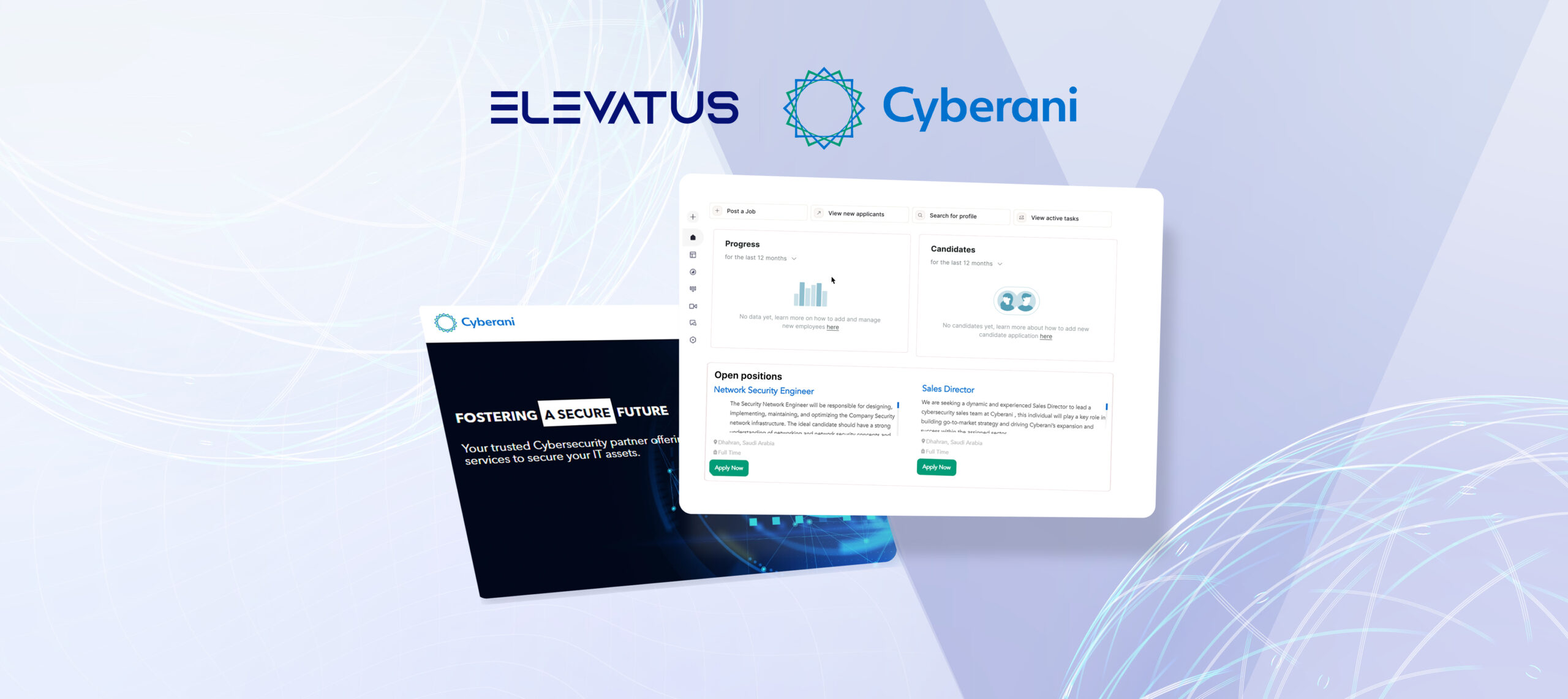
Employee centricity meaning
September 22, 2023
Reem Al-Tamimi
Content Writer
Employee centricity is a strategic approach that positions employees at the heart of an organization’s success. By prioritizing employees’ needs, wants, and well-being, it creates an environment where people are central to decision-making. This strategy aligns company goals with employee objectives, fostering a mutually beneficial relationship that enhances both performance and satisfaction, ultimately driving organizational excellence.
The benefits of employee centricity
Incorporating employee centricity cultivates a thriving workplace where fulfilled employees drive organizational success through their dedication, expertise, and personal growth. This approach brings forth a spectrum of advantages that shape a dynamic and harmonious work environment:
- Enhanced Job Satisfaction: Tailoring job roles to individual strengths and interests amplifies employees’ satisfaction as they find purpose and meaning in their tasks. A happier workforce translates to reduced turnover rates and a more positive atmosphere.
- Increased Engagement: Employee-centric practices boost engagement by fostering a sense of ownership and involvement in company objectives. Engaged employees contribute innovative ideas, collaborate effectively, and exhibit a proactive approach to challenges.
- Heightened Productivity: Aligned with tasks they are passionate about, employees invest extra effort, resulting in heightened productivity. Accomplishing tasks becomes more than routine; it becomes a pathway to personal and collective success.
- Continuous Learning: Employee centricity encourages a culture of continuous learning and development. Organizations that invest in their employees’ growth create adaptable and skilled teams that can navigate evolving industry landscapes.
- Empowered Leadership: Leaders who prioritize employee centricity build strong relationships with their teams. Open communication, support, and opportunities for advancement empower employees, fostering leadership skills at all levels.
- Innovative Thinking: Valuing employee input nurtures an environment where diverse perspectives are celebrated. This, in turn, drives innovation as employees feel comfortable sharing creative ideas and solutions.
- Sustainable Growth: A workforce focused on personal growth becomes an asset for the future. Employee-centric companies develop the capabilities needed to adapt, thrive, and sustain success over the long term.
Potential drawbacks of employee centricity
Embracing employee-centricity brings various advantages, yet there are also potential downsides to consider. For instance, costs can rise due to implementing wellness programs or remote work setups. Additionally, measuring the return on investment becomes tricky, subsequently affecting financial assessment. Moreover, striking a balance between employee needs and overall organizational and customer demands can be complex. In conclusion, evaluating these factors in conjunction with the benefits helps organizations decide whether an employee-centric approach is the optimal choice.
Turn top talent to employees fast
Hire, assess, onboard and manage top talent for every job. See how Elevatus streamlines everything; from acquire to new hire.
Request a demoAuthor
Reem Al-Tamimi
Don't miss a thing!
Stay one step ahead. Subscribe and get the latest updates, news, and insights from Elevatus straight to your inbox.





